Known as the ‘pearl of the Indian Ocean’ Sri Lanka is one of Asia’s best-kept secrets. Think golden beaches, rolling green tea plantations, enormous elephants, a fascinating heritage, and sincere smiles – that is Sri Lanka. There are an array of travel experiences that will help you to really get among it and discover Sri Lanka.
Marco Polo declared Sri Lanka the ‘most beautiful island in the world’. We tend to agree with him! Following are our top six reasons why Sri Lanka should be the next destination on your holiday list. Check out our range of Sri Lanka tours to get you on your way!
1. CULTURAL HERITAGE
Sri Lanka is home to eight remarkable UNESCO World Heritage Sites. It is a small island with a huge volume of history and heritage. The following are a selection of the must-see heritage sites that will really help you on your journey to discover Sri Lanka.
‘Lion Rock’ is usually one of the first ports of calls for visitors to Sri Lanka. This rock fortress and palace was constructed by King Kasyapa at the end of the 5th Century. The palace sits high atop the flat rock (4,202 steps up to be precise!) with views as far as the eye can see. The landscaped gardens at the base are some of the worlds’ oldest.
The sacred cities of Anuradhapura and Polonnaruwa hold well-preserved archaeological wonders of ancient palaces, monasteries and monuments. Respectively, they were the centres for Buddhism and politics in ancient times. Anuradhapura is also the location of the 2,000-year-old Bo Tree, grown from a sapling of the Bodhi tree under which the lord Buddha attained enlightenment.
Kandy is blissfully surrounded by tea plantations and is Sri Lanka’s cultural capital. It is also home to the Temple of the Tooth Relic of Lord Buddha, one of Sri Lanka’s holiest shrines.
The Dambulla Cave temple has five caves and 157 statues of the Lord Buddha. The caves and temple date back to the 1st century BC. Inside are intricate paintings covering the ceiling and walls.
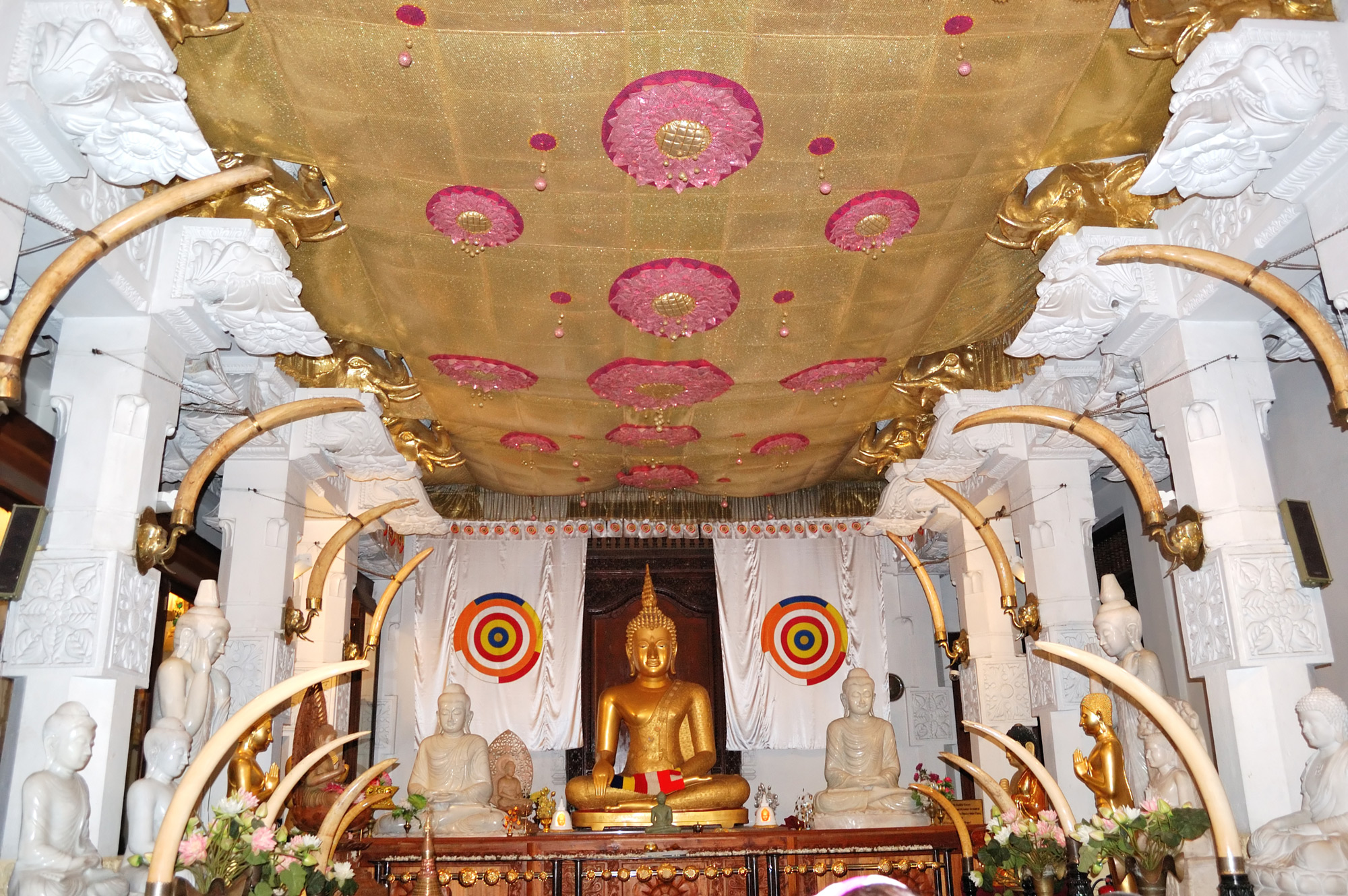
Inside Temple of the Lord Buddha’s Tooth Relic
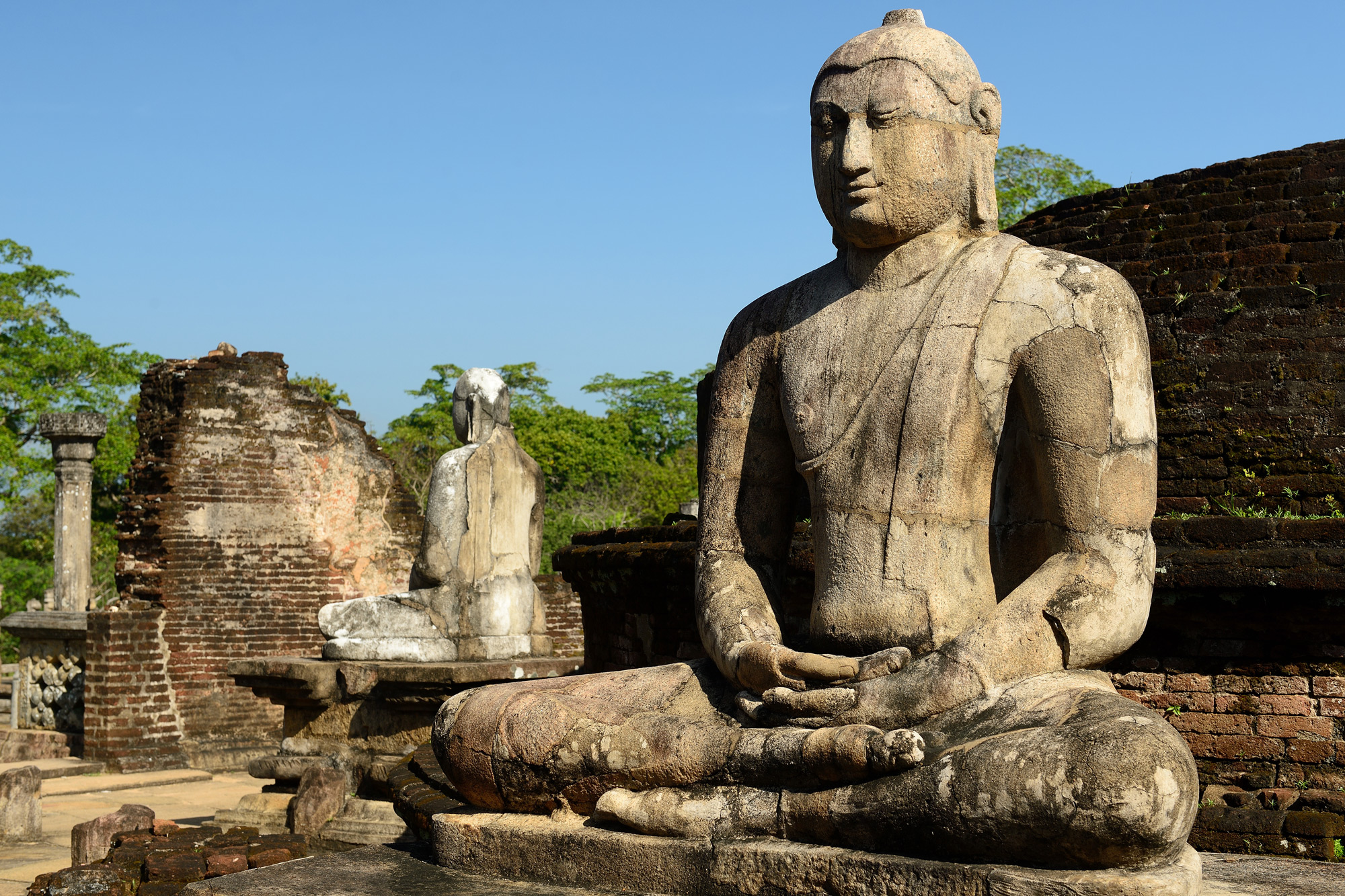
Polonnaruwa
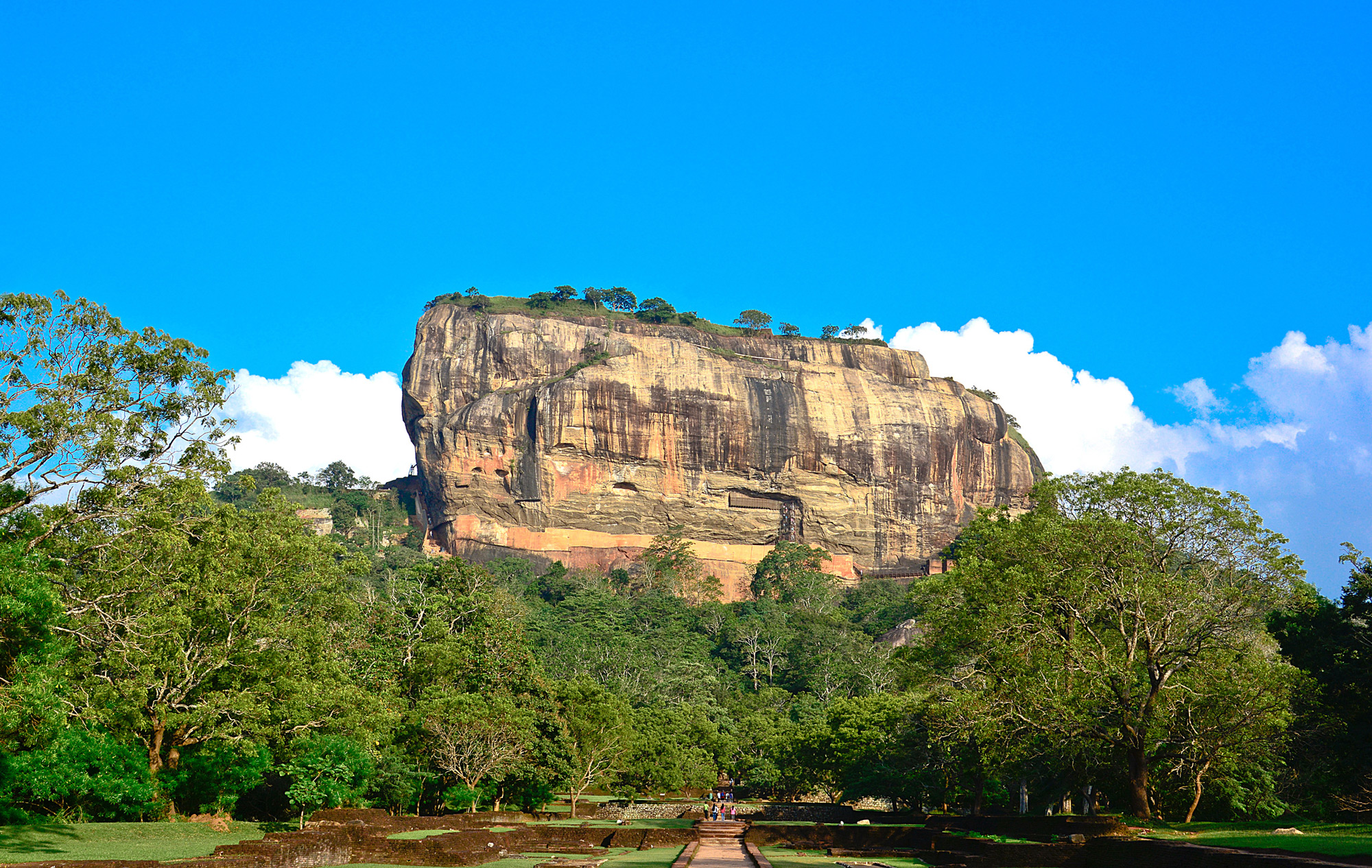
Sigirya Rock Fortress
2. Food
Sri Lanka’s Sinhalese cuisine covers specialties such as curries, roti breads and fresh coconuts. There is a mix of local produce plus influences brought from all over the world during it’s time as a Silk Road trading post.
Fruits are in most of all in abundance. Some will be familiar, while others new. A typical Sri Lankan breakfast goes by the name ‘hoppers’ – made from dough and toppings such as honey, egg, curries and an array of spices, which of course, feature prominently in all dishes. Fresh seafood is also a specialty of the region. Rice and curry are the principal dishes. While flavours tend towards the spicy end of the scale, the locals are more than happy to adjust to suit your palate.
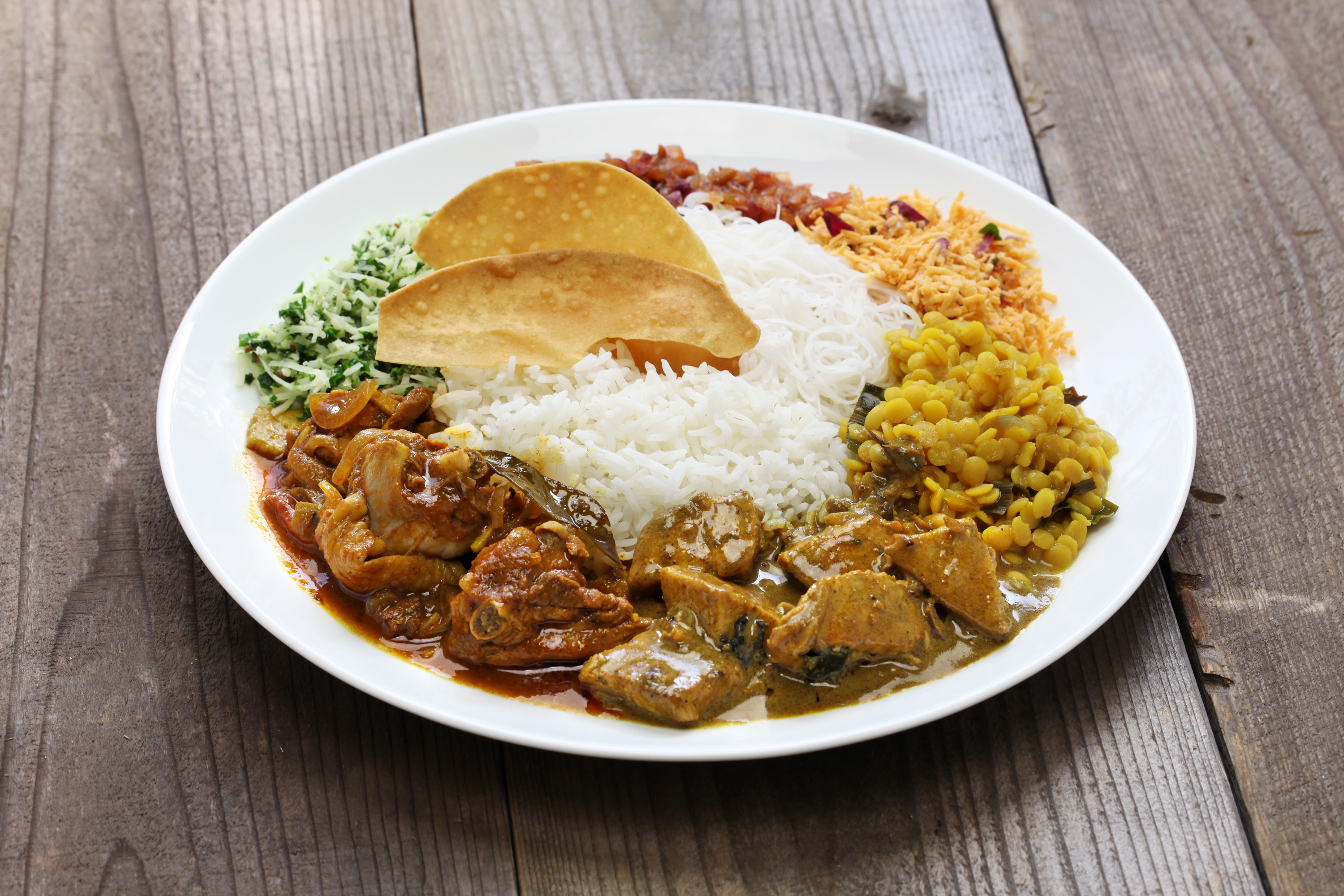
Sri Lankan curry
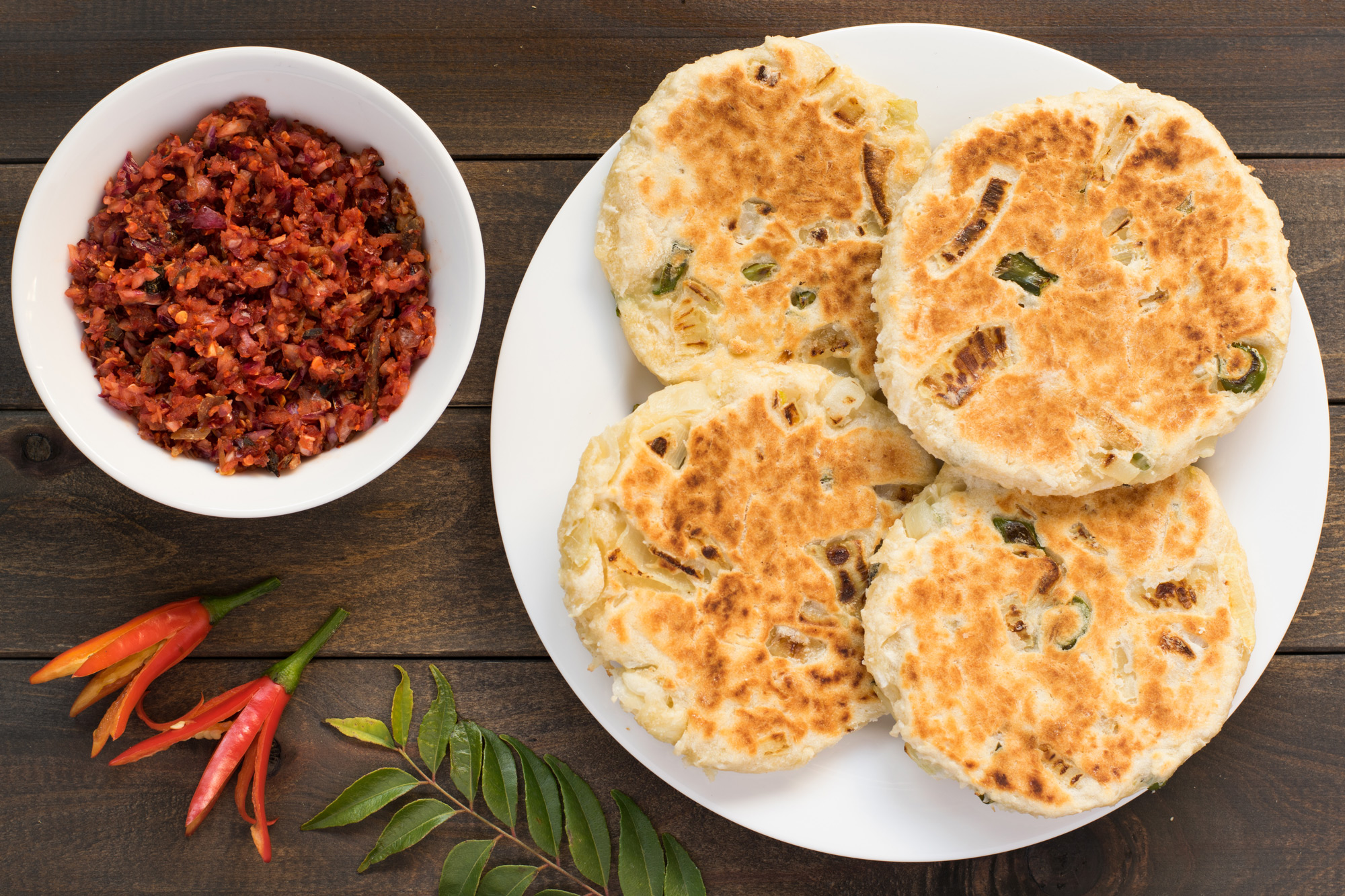
Sri Lankan pol roti with lunu mirirs
3. People
Sri Lanka is a multi-ethnic, multi-religious and multi-cultural society. The indigenous people are the Veddahs – hunter-gatherers who even today, retain their culture. The main ethnic groups are the Sinhalese and Tamils, both originally from India. As a major trading port, the country really is a kaleidoscope of nationalities, from Muslims, Malays, Chinese, Portuguese and the British.
Whatever their background however, the people of Sri Lanka are warm and friendly, always smiling with an innate curiosity. Sri Lankans take hospitality very seriously, so don’t be surprised if you are invited to visit someone’s home, providing a perfect opportunity to discover Sri Lanka and it’s true heart.
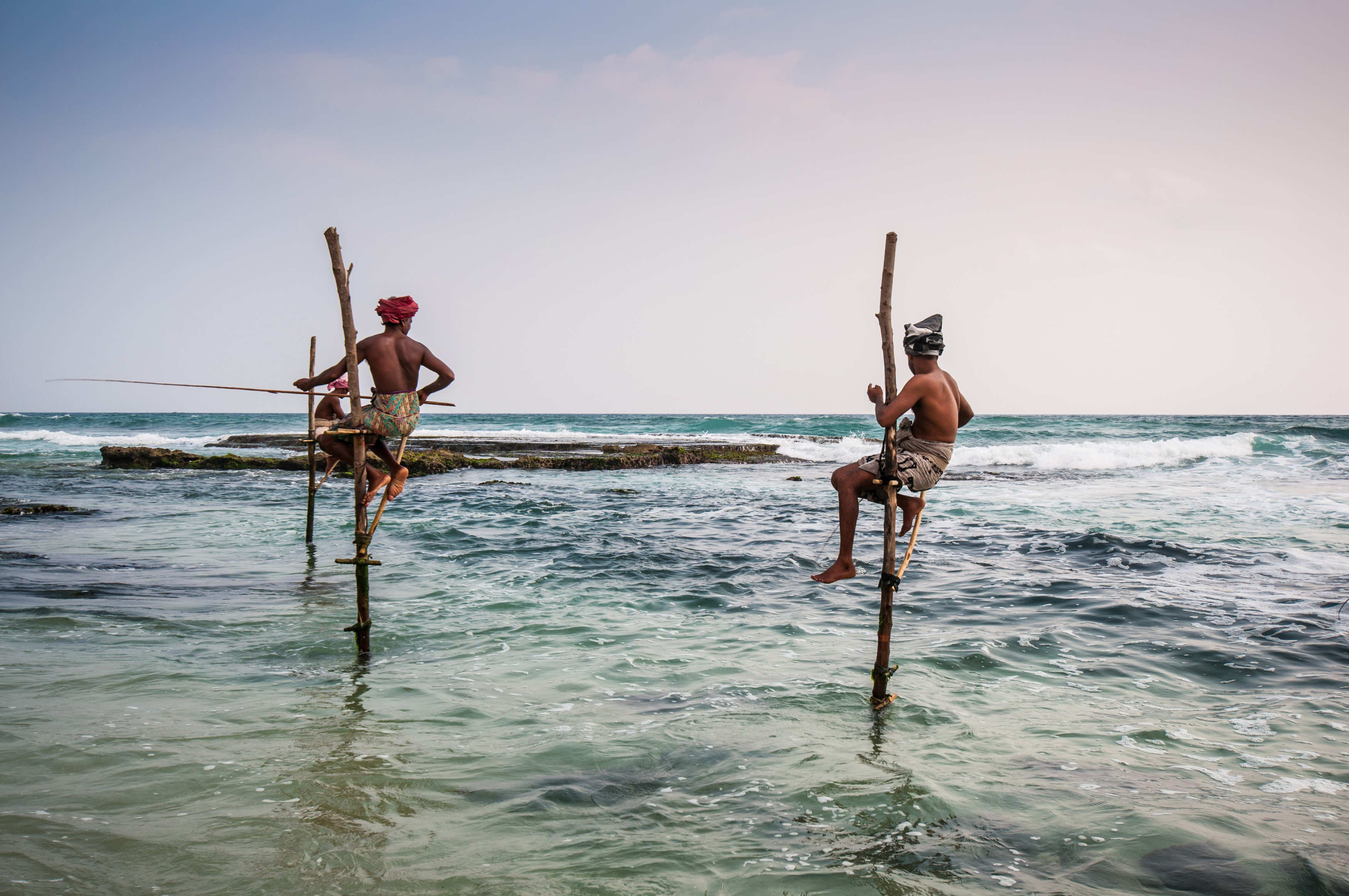
Local Stilt Fishermen
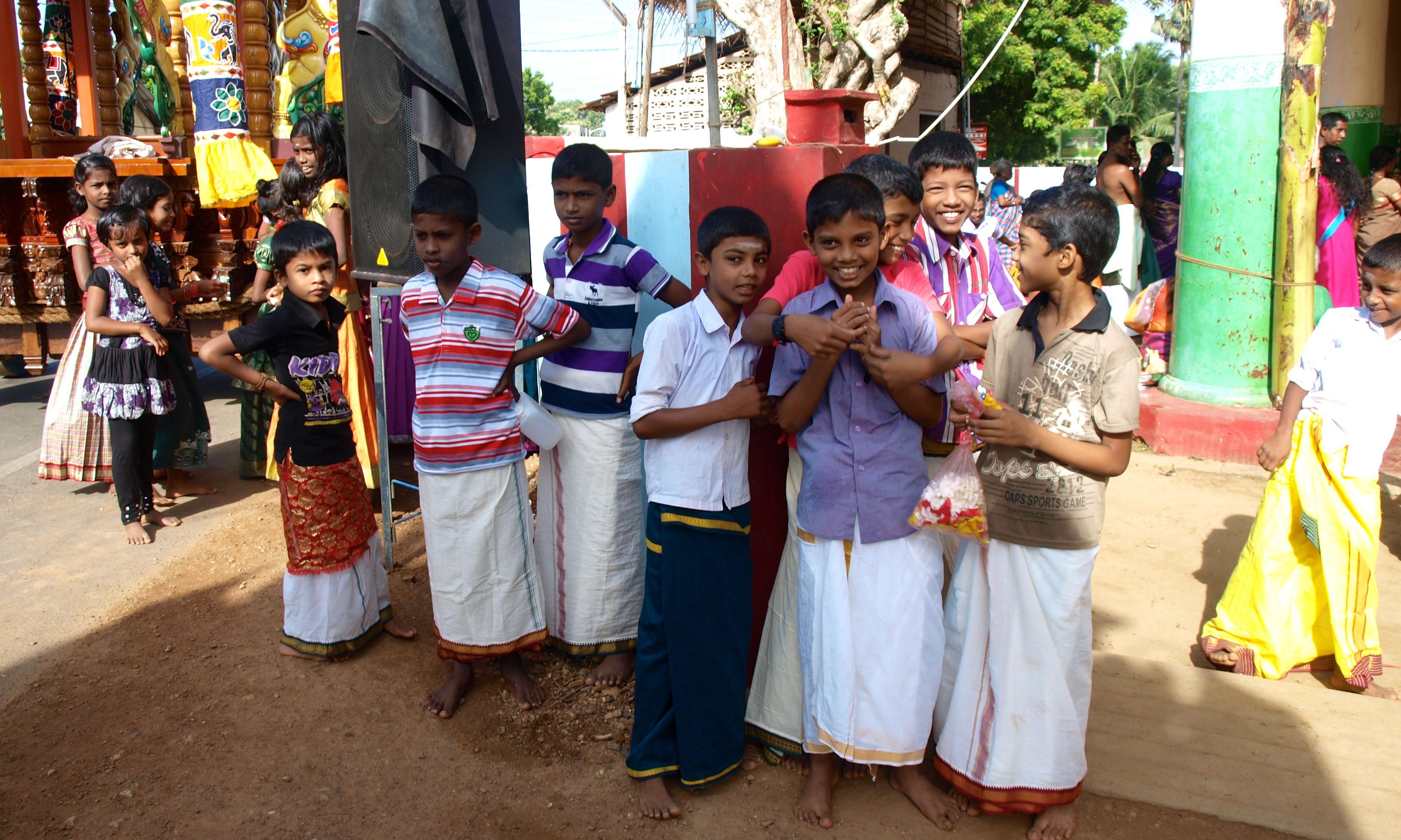
Local Children at the Hindu Festival in Jaffna
4. Tea Plantations
Sri Lanka is best known for that cup of hot Ceylon tea you most likely drank today. One of the country’s most striking sights is the lush green fields of tea bushes, dotted with the vibrant saris of the tea pluckers.
You can tour a plantation to learn about the process and have a behind the scenes look. The train journeys through this region are some of the best in the world and there are ample hiking opportunities for those who wish to explore and discover Sri Lanka on foot.
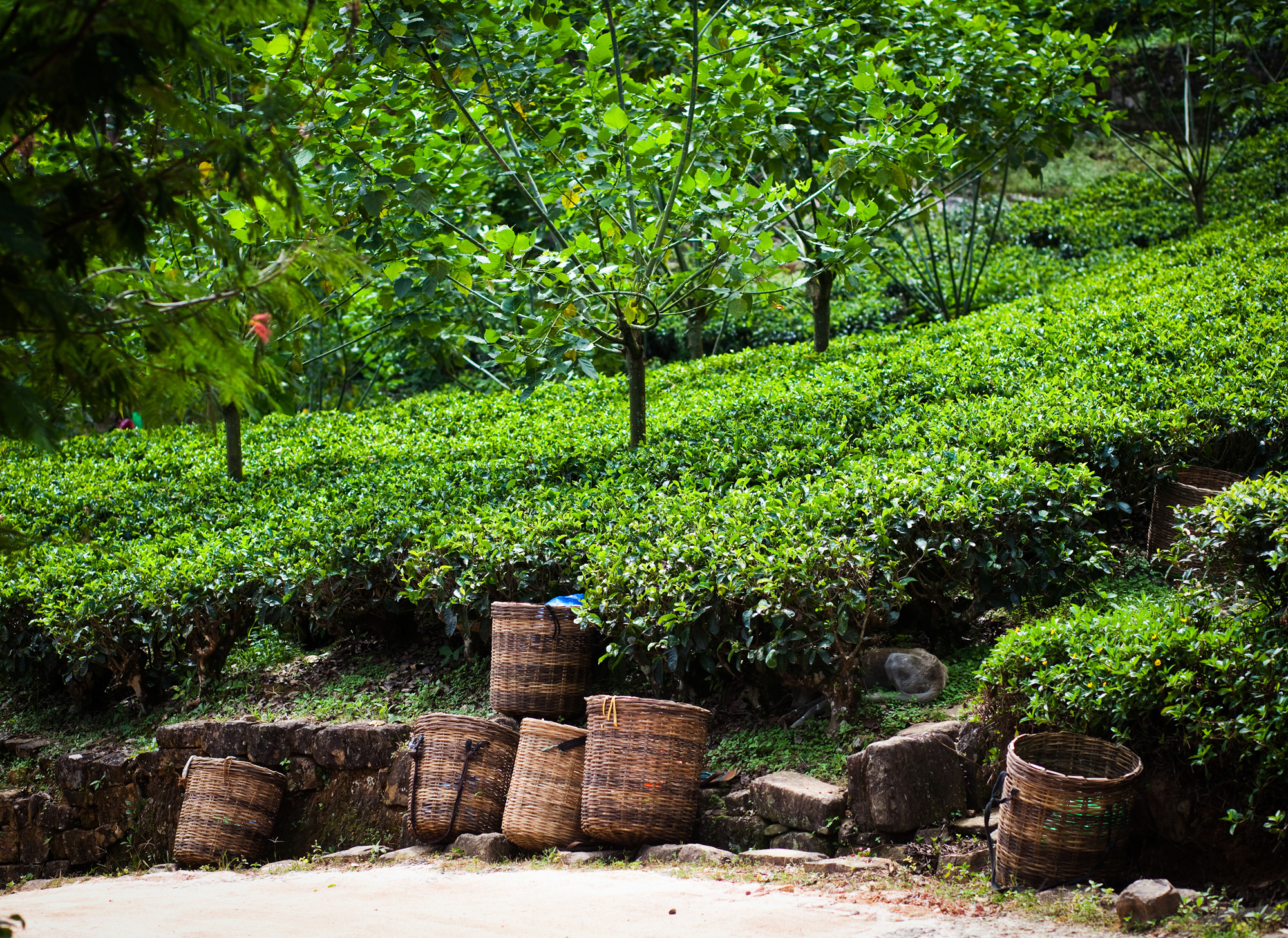
Tea Plantation Nuwara Eliya
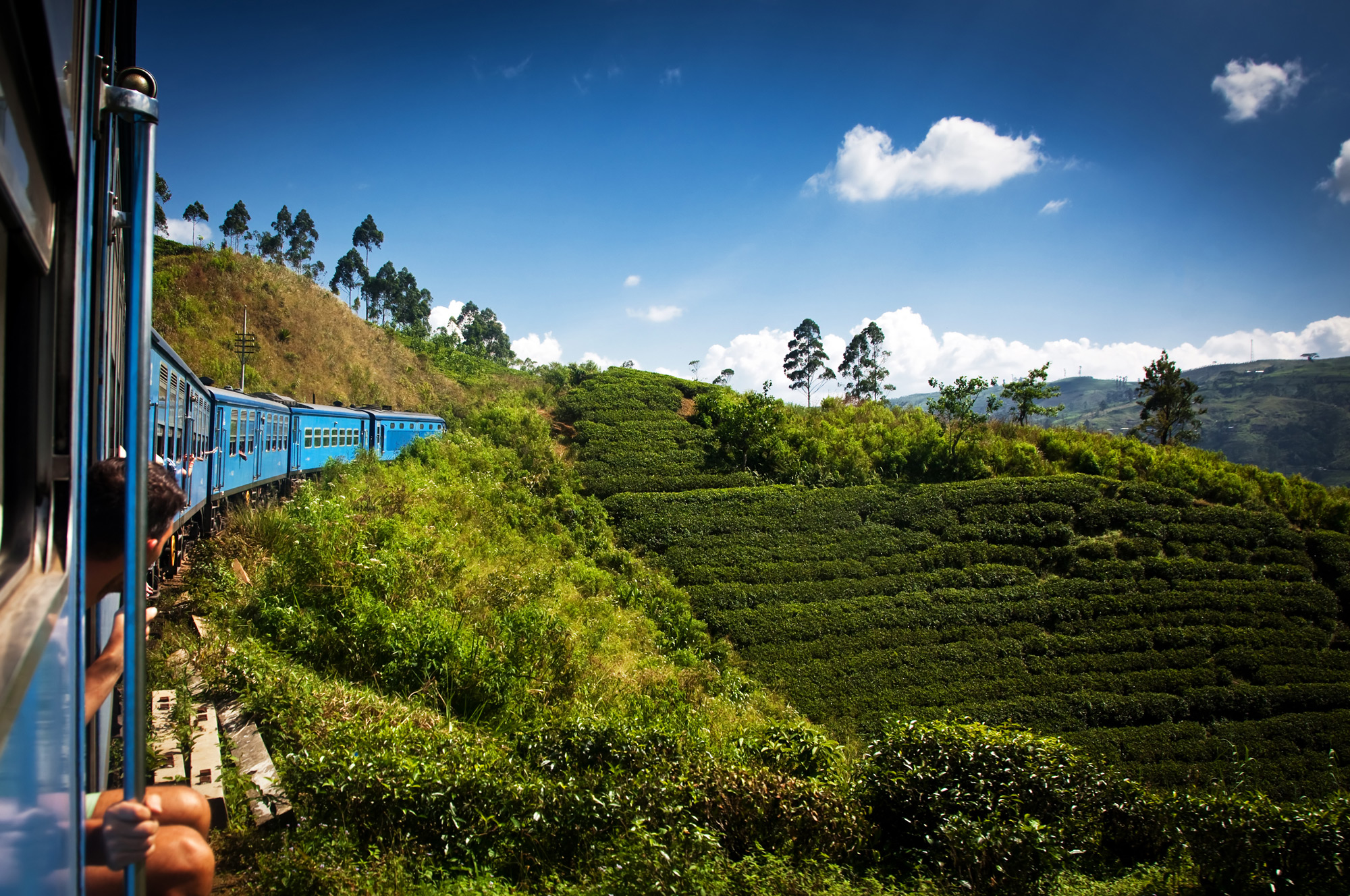
Tea plantation view from train
5. Wildlife & Biodiversity
Sri Lanka has the highest density of elephants in Asia, but also to a huge array of other wildlife. Sri Lanka enjoys an extraordinary degree of biodiversity. The Sinharaja Forest Reserve, the country’s last tropical rainforest is another of the UNESCO World Heritage Sites.
Taking a safari in one of the 14 national parks presents opportunities to search for some of Sri Lanka’s 91 mammals, including elephants, leopards, monkeys, sloth bears, sambhur, spotted deer and barking deer. Sri Lanka is also a bird-watchers heaven! With over 233 resident bird species, extending to 482 if you include migratory species! Discover Sri Lanka from your jeep safari, up-close-and-personal with the extraordinary wildlife.
Conservation of the environment is ingrained in traditional Sri Lankan society. There are elephant transit homes and rehabilitation centres which you can visit. In the third century BC, Sri Lanka’s first Buddhist monarch established the world’s first wildlife sanctuary. Today, this tradition is still embraced with 13% of Sri Lanka conserved as national parks, sanctuaries and jungle corridors.
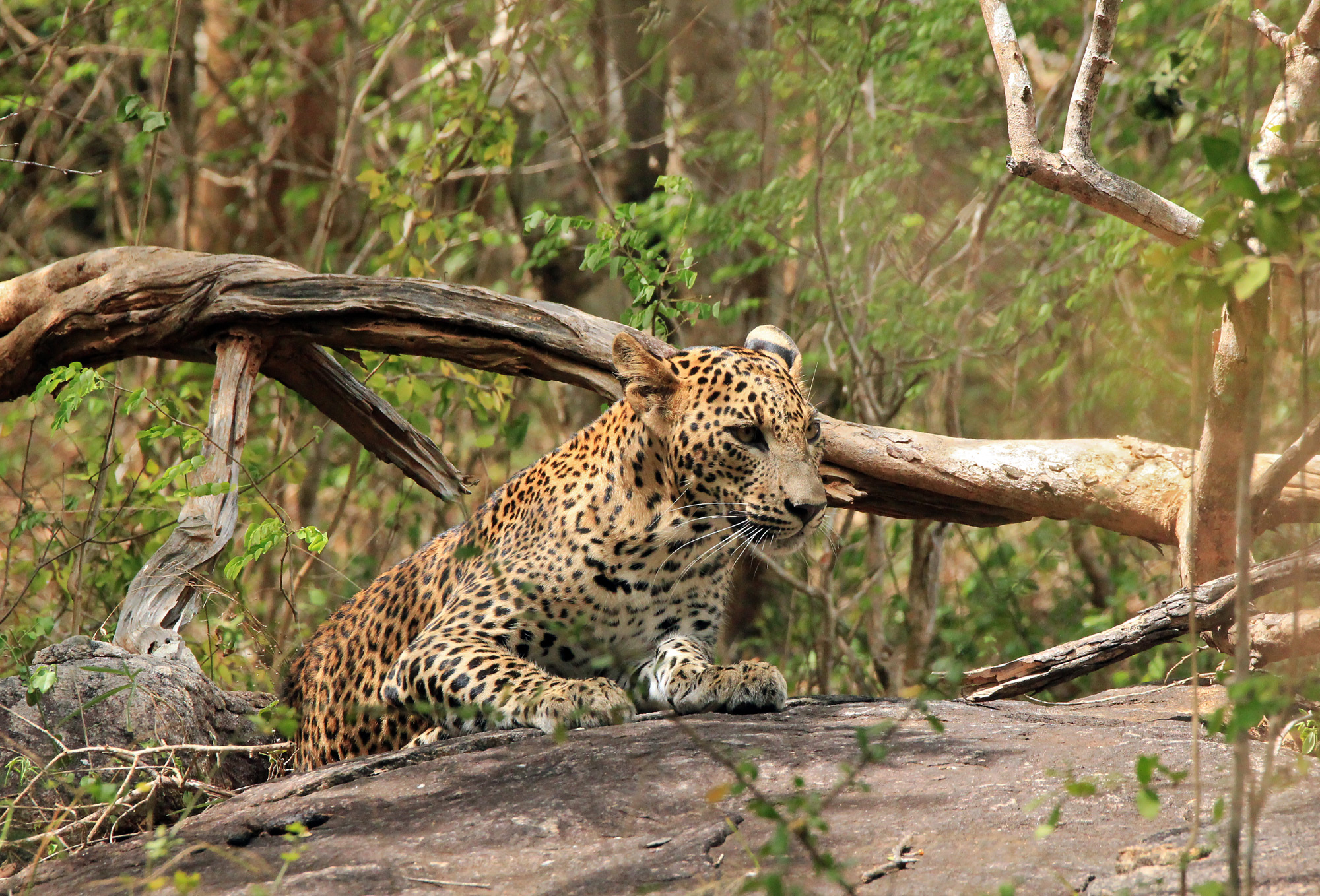
Leopard at Yala National Park
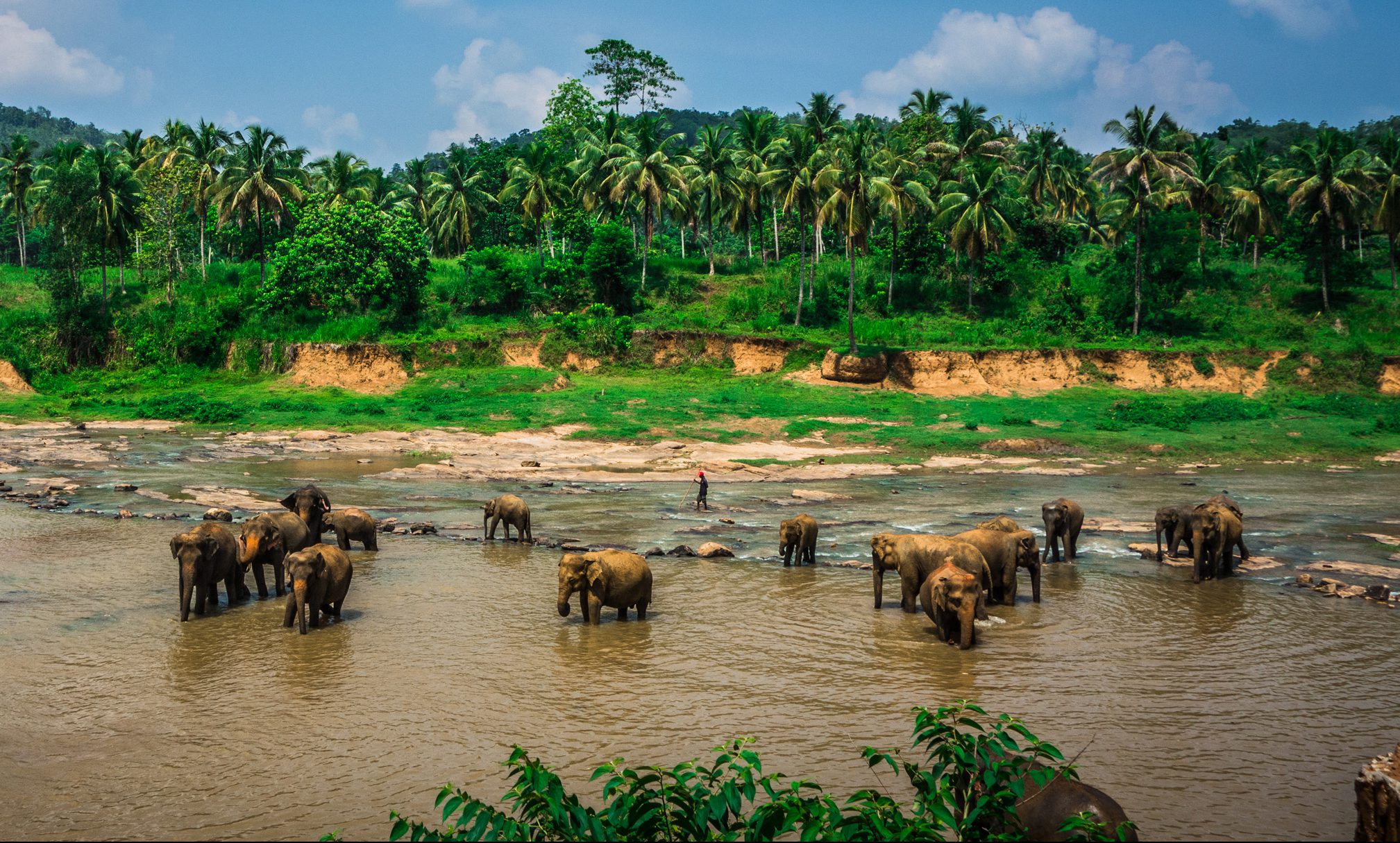
Sri Lanka Elephant Sanctuary
6. Beaches
Sri Lanka is home to 1,300km of golden sands with at times, little development or pollution. Diving, swimming, snorkeling and water spots are all there to enjoy. The average water temperature of 27 degrees Celsius is year-round. There are some stunning beach resorts to flop and drop in once you have explored Sri Lanka. Generally speaking, the west coast is the most westernised, with many of hotel choices and tourism infrastructure. The south coast has a more authentic feel of coastal life in Sri Lanka and the beaches are much quieter.
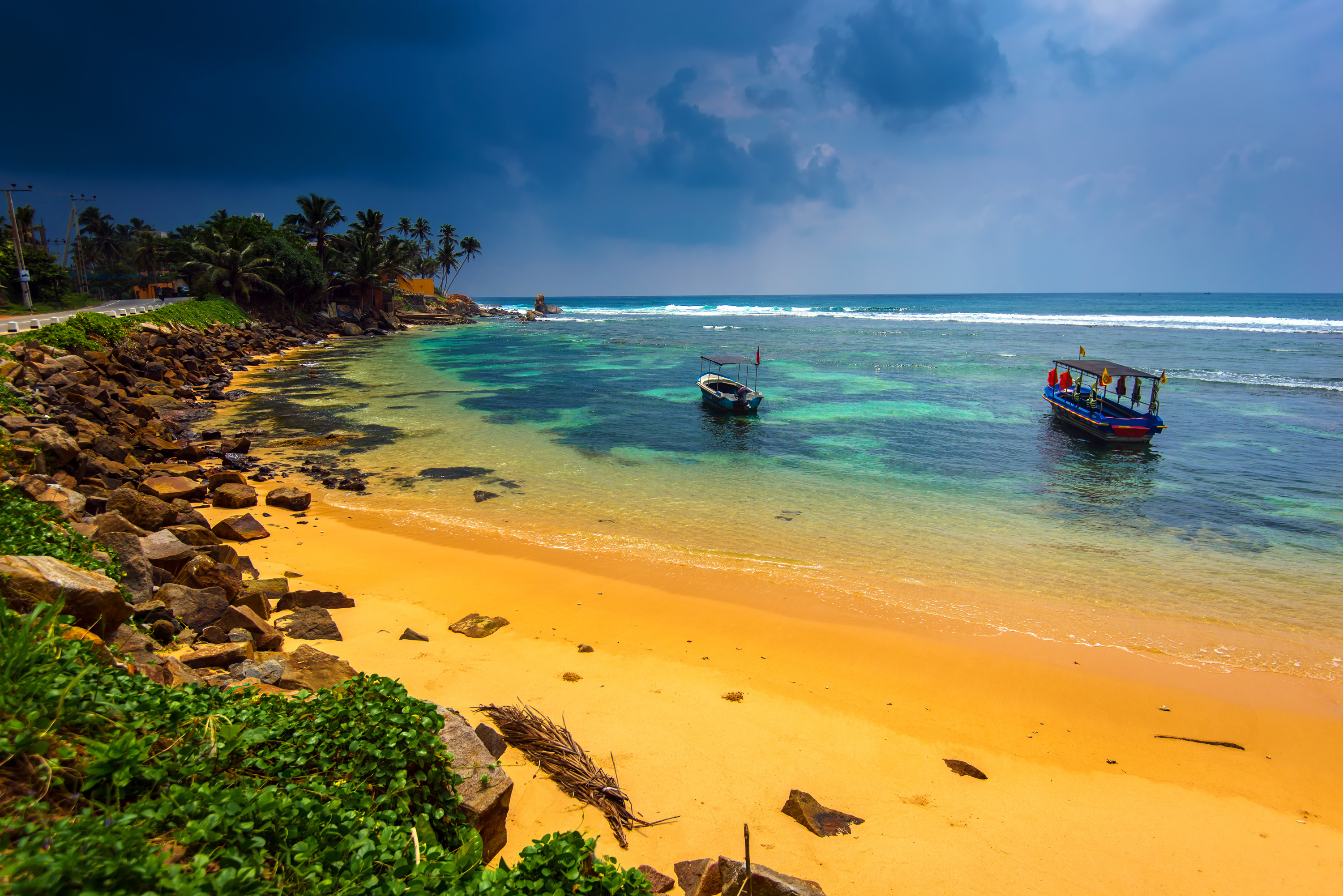
Sri Lankan Beach
Other blogs that may interest you:
The Word of Wu: India’s Must See ‘Quiet Achievers’
Sign up for our free newsletter or request a brochure
